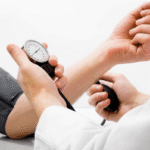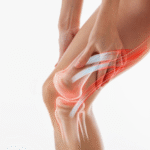Heartattck: Early Detection and Life-Saving Measures
A heartattck is among the leading causes of death worldwide. Often sudden and unexpected, it can permanently damage the heart muscle if not treated promptly. While the condition sounds frightening, awareness of symptoms, risk factors, and preventive strategies can make a significant difference.
Why Does a Heartattck Happen?
A heartattck occurs when blood supply to the heart is cut off due to a clot or buildup of plaque in the coronary arteries. This deprives the heart muscle of oxygen, causing chest pain and, in severe cases, cardiac arrest.
Warning Signs of a Heartattck
Many people mistake heart pain for acidity or fatigue. Recognizing these signals early can save lives:
-
Tightness or pressure in the chest
-
Discomfort spreading to the jaw, neck, arms, or back
-
Unexplained shortness of breath
-
Dizziness, cold sweats, or nausea
Who is at Risk of Heartattck?
Lifestyle and genetic factors contribute greatly to heart health. You may be at risk if you have:
-
High blood pressure or cholesterol
-
Diabetes
-
Smoking and alcohol habits
-
Obesity or inactive lifestyle
-
High-stress levels
Preventive Actions Against Heartattck
-
Eat heart-healthy foods such as nuts, leafy greens, and lean proteins
-
Exercise at least 30 minutes daily
-
Avoid smoking and excessive alcohol
-
Regularly monitor blood pressure and cholesterol levels
-
Seek medical advice for family history of heart problems
Online Resources and Community Guides
Communities across the internet share valuable knowledge on healthcare and conditions like heartattck. Here are helpful links where related insights are shared:
Conclusion
A heartattck can be deadly, but it is often preventable through healthy habits, timely diagnosis, and medical guidance. By staying informed and connected with health communities online, you can strengthen your knowledge and take steps toward protecting your heart.






